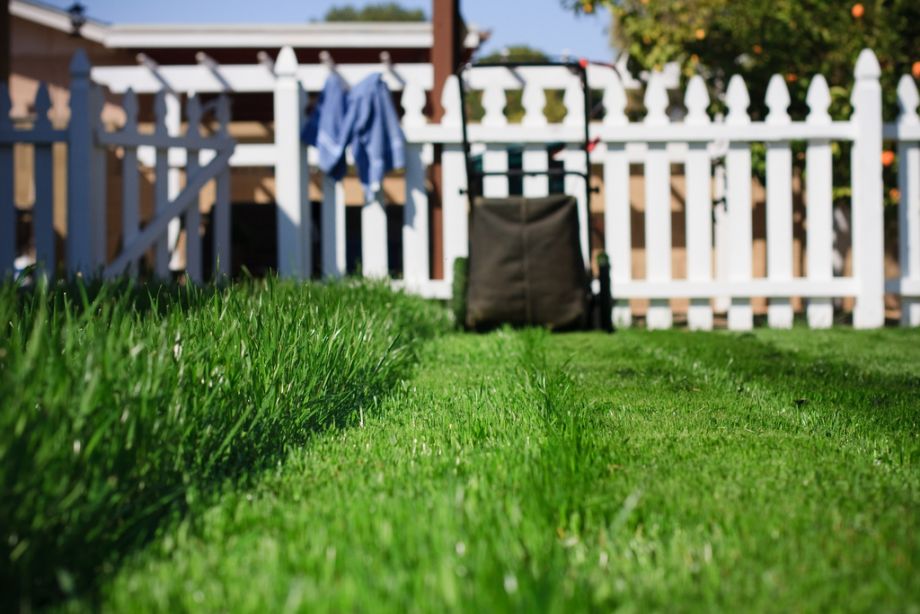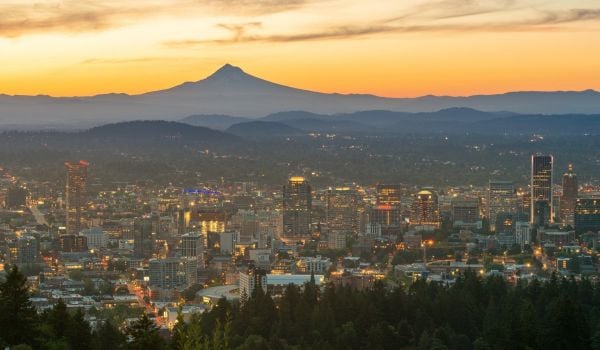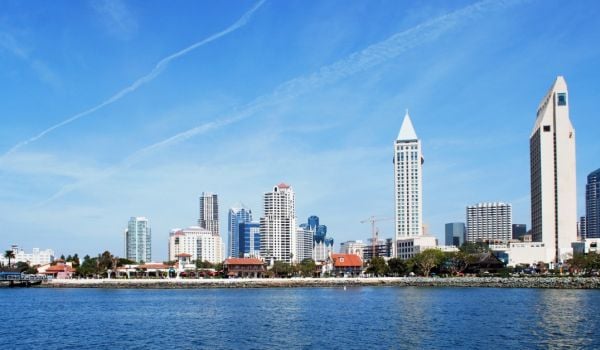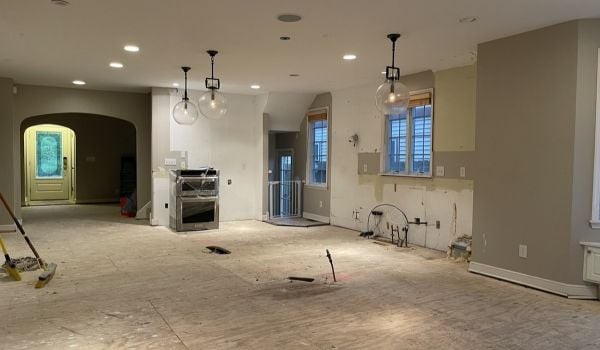California Homeowners Associations are about to get a quick dose of reality from Sacramento, of all places, reports the San Diego Union-Tribune. According to the article, many Homeowners’ Associations (HOAs) in the San Diego metro area — which imports 90% of its water from Northern California and the Colorado River — are resisting individual homeowner requests to replace their lawns with artificial turf, or low-water-use plants.
Water managers from the area went to Sacramento with their case, and Assemblywoman Lori Saldana, D-San Diego, introduced Assembly Bill 1793 in an attempt to fix the situation. According to the U-T, the bill “would require homeowners associations to allow installation of artificial turf. But in a nod to concerns about quality, the legislation permits those associations to establish design and quality standards for fake grass.” God forbid the astroturf not look nice.
Perhaps my favorite part of the story is the quote from Muriel Vasconcellos, a homeowner in a development called Villa Portofino, in Northeast San Diego. Muriel is not very excited about the prospect of artificial turf being allowed in her subdivision; she would prefer a “natural solution” using drought-tolerant plants. Her reasoning: “People around here enjoy our area for its natural beauty.” Ten miles inland from the Pacific in San Diego, the picturesque landscaping that is commonplace at subdivisions named for places in the Mediterranean* could only be considered “natural beauty” in the most ironic sense. Naturally, her neighborhood would be covered in dry chaparral, and go up in flames every time the Santa Ana winds pick up. And, for those that might have forgotten, that happens about every five years in Southern California.
Even though Vasconcellos seems to be somewhat concerned with finding a natural way to solve this problem, her misunderstanding of what the word “natural” truly means shows a lot about the very problematic relationship suburban subdivision living has with the environment. A lawn in front of a ranch house in a desert that is irrigated by water taken from a distant reservoir is “natural beauty” in the same way that punching a hole in the Mona Lisa could be called “performance art”; it commits a crime against the very same sphere it pretends to be a part of.
This irony becomes more pronounced in a drought, and it’s somewhat shocking to see how obstinate HOAs are being in the face of the water shortage, recession-tightened budgets, and rising concerns about sustainability. The San Diego County Water Authority estimates that replacing a 1,000-square-foot yard with artificial turf would save 57,000 gallons of water a year. By my math, that means that just six families making the switch to turf would save an acre foot of water every year. They also point out that outdoor water use accounts for more than half of San Diego County household water consumption. Those numbers are staggering, and in a city that imports 90% of its water supply from Northern California and the Colorado river, it’s incredible that HOAs could be so short-sighted.
The lawn, in many ways, is the ultimate symbol of the something-for-nothing ethos of California Living; it can be enjoyed year-round because it practically never rains. The same ethos probably has something to do with California’s current budget crisis: Due to 1978’s Proposition 13, some of America’s most valuable real estate is taxed at ludicrously low rates, and at the same time California’s voters are always quick to vote for Sacramento to purchase bonds for capital projects that they might have otherwise been able raise funds with, let’s say, property taxes.
It’s nice to see that Sacramento might actually pass some meaningful legislation that might actually help with the water shortage in Southern California, in a more permanent sense. Now if only they could do the same for the tax structure.
*In this case, it seems Villa Portofino is actually named after a hotel on Catalina that is named for the Italian village.




_600_350_80_s_c1.jpg)

_600_350_80_s_c1.jpg)









